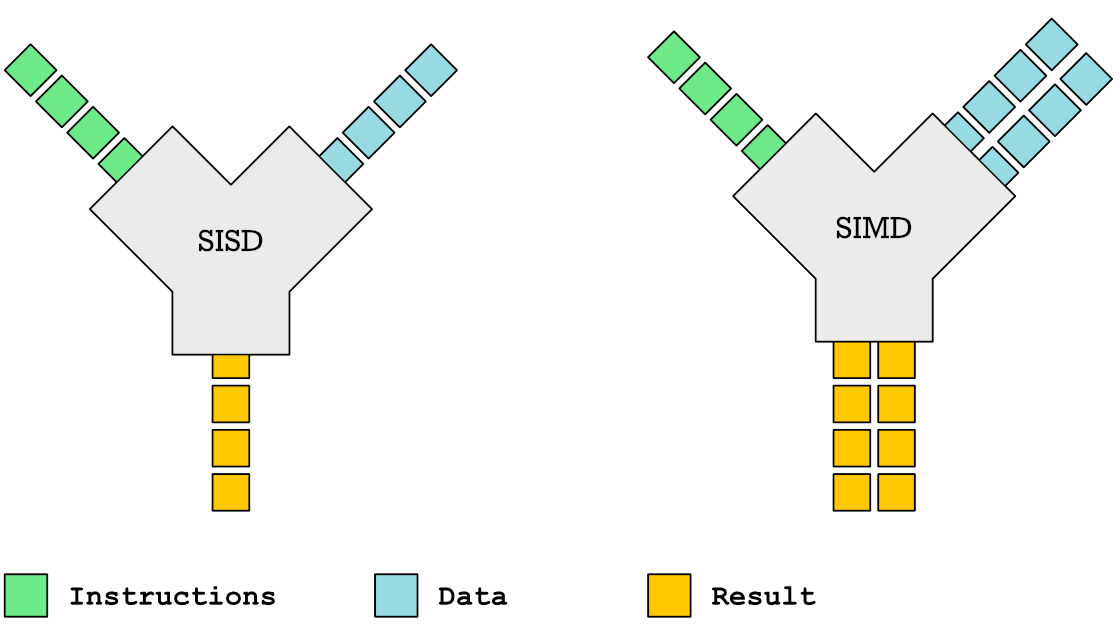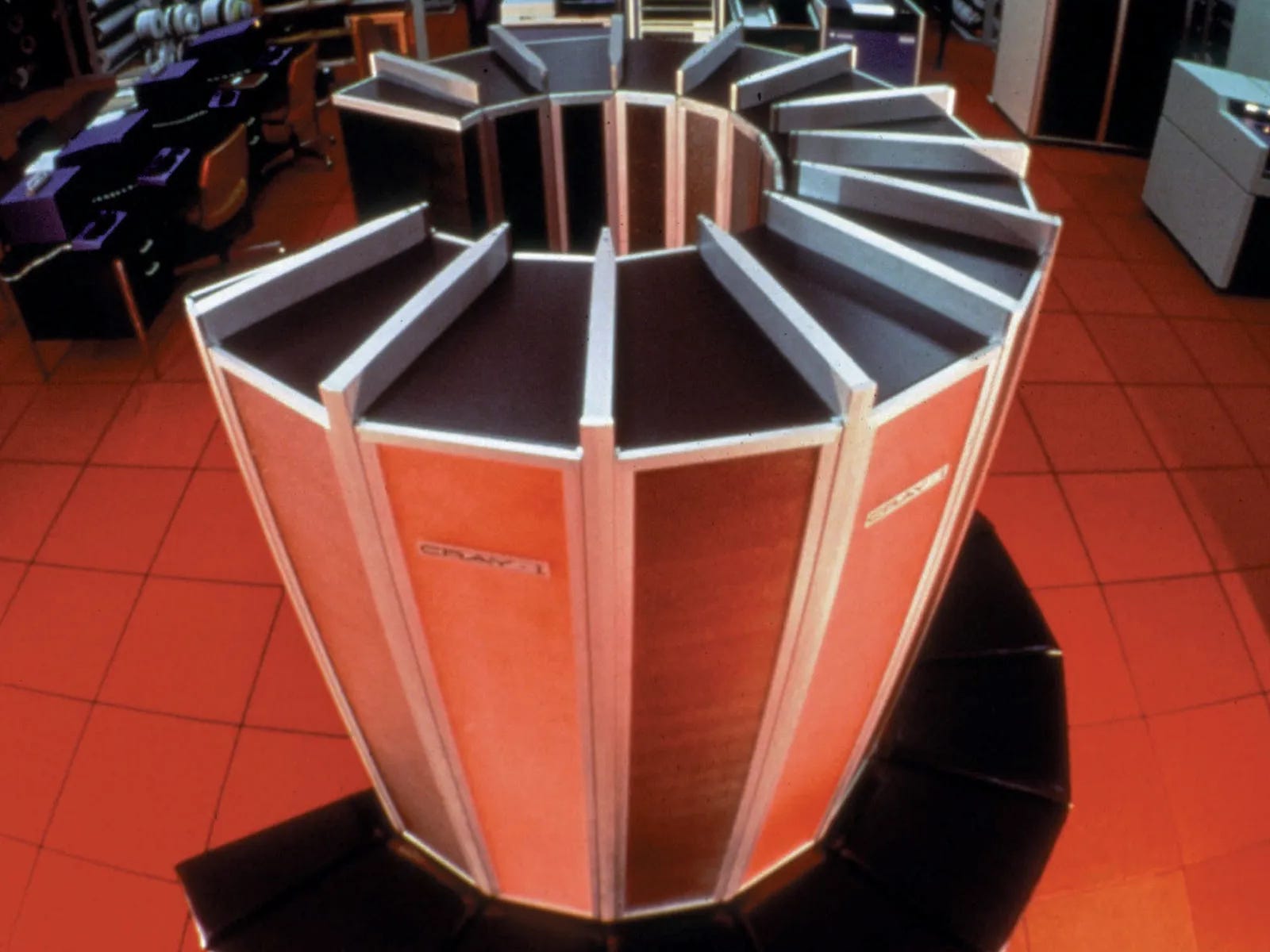Member-only story
Advantages of RISC-V vector processing over x86 style SIMD
Instead of adding SIMD instructions such as MMX, SSE, AVX or Neon, RISC-V designers are focusing on vector processing.
A well known way of processing multiple streams of data in parallel is through the use of SIMD instructions. All major chip makers started adding SIMD instructions to their processors in the late 1990s. MMX was added to Intel’s Pentium processor in 1997. It was intended to accelerate image, audio and video processing.

Vector processing is another way of processing multiple streams of data in parallel, but is often thought of as an older more outdated method of doing data parallelism. A reason for this perception is that it was a dominant way of processing data in parallel back in the 1980s on Cray vector processing super computers. When I grew up in the 1980s and early 1990s, Cray was synonymous with supercomputing. I remember fantasizing with my friends about what kind of frame rate we would get running Doom (released 1993) on a Cray computer.

However, the fact that vector processing existed and died out before modern SIMD instruction sets gives the wrong idea of the chronology. In computer science, as in fashion, old trends tend to get recycled. SIMD instructions is in fact a much older idea. Sketchpad, widely regarded as the first computer hardware solution with a graphical user interface ran on a Lincoln TX-2 computer which could do SIMD instructions back in 1958. Vector processing machines came much later in the 1970s. Most famous is the Cray-1 released in 1975.
Vector processing is a higher level abstraction. SIMD style processing acts as a more basic building block to construct a vector processor architecture. Now, you may ask if it was a superior system, then why did Cray’s go extinct?
The PC revolution basically killed Cray vector processors. Cray lacked volume. With huge volumes of PCs one could get Cray style computing power by simply using numerous PCs in a cluster. However, today we have reached the end of the road in terms of what you can squeeze out…

